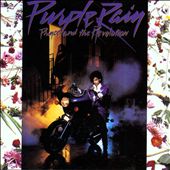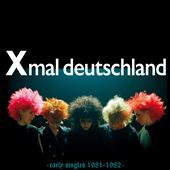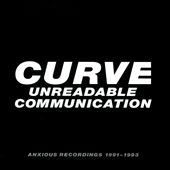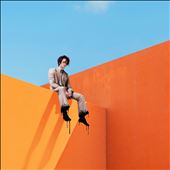Pop/Rock
•
Dance
Dance-Rock
Dozens of major rock acts dabbled in dance during the '80s and '90s, influenced indirectly by the times and the technology or directly by the funk, Philly soul, and disco that had ruled the R&B roost during the '70s. The genesis for dance-rock was the mid-'70s, when the Rolling Stones, David Bowie, Rod Stewart, and Queen all flirted (at one time or another) with the simpler rhythms and heavy groove of funk and disco. Then, influenced by varied sources (including most of the above), many of the biggest alternative crossover acts of the '80s -- Duran Duran, INXS, Pet Shop Boys, ABC, Eurythmics, the B-52's, Depeche Mode, New Order -- fused dance and rock in some manner. They may have relied on keyboards and drum machines or used the standard guitar-bass-drums format of most rock bands, but they were performing many songs in a way that was perfectly primed for the dancefloor, with simple, heavily repetitive choruses or hooks, more reliance on the low end than usual (sometimes even leaving the guitars in the background), and a habit for releasing white-label 12" singles with even more danceable remixes on the B-side. The reinvention of U2 on 1991's Achtung Baby was a pivotal moment for dance-rock, happening late in the game but showing that even the biggest young band in the world had an eye on the dancefloor (especially so, considering U2 had spent much of the '80s far away from dance). Dance-rock embraced a large group of artists, everything from the deconstructivist funk of A Certain Ratio and Gang of Four to the heavy pop slant of Robert Palmer or Hall & Oates. It was also very long-lived, gathering additional influences from the electronic dance revolution of the late '80s, and showing up in the work of commercial acts like Garbage, No Doubt, Robbie Williams, and Scissor Sisters.











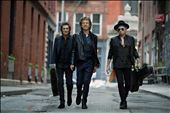
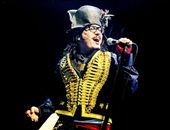

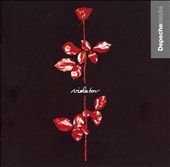
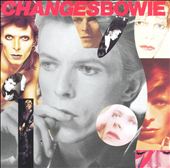
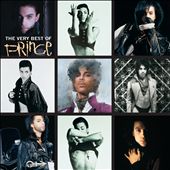

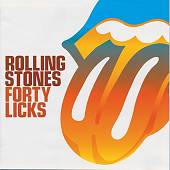

![Greatest Hits [1994]](https://rovimusic.rovicorp.com/image.jpg?c=8ZQieQKIJva-AMwZyPFfSx_TZlp6n_cq-Emr2zx15tU=&f=2)
